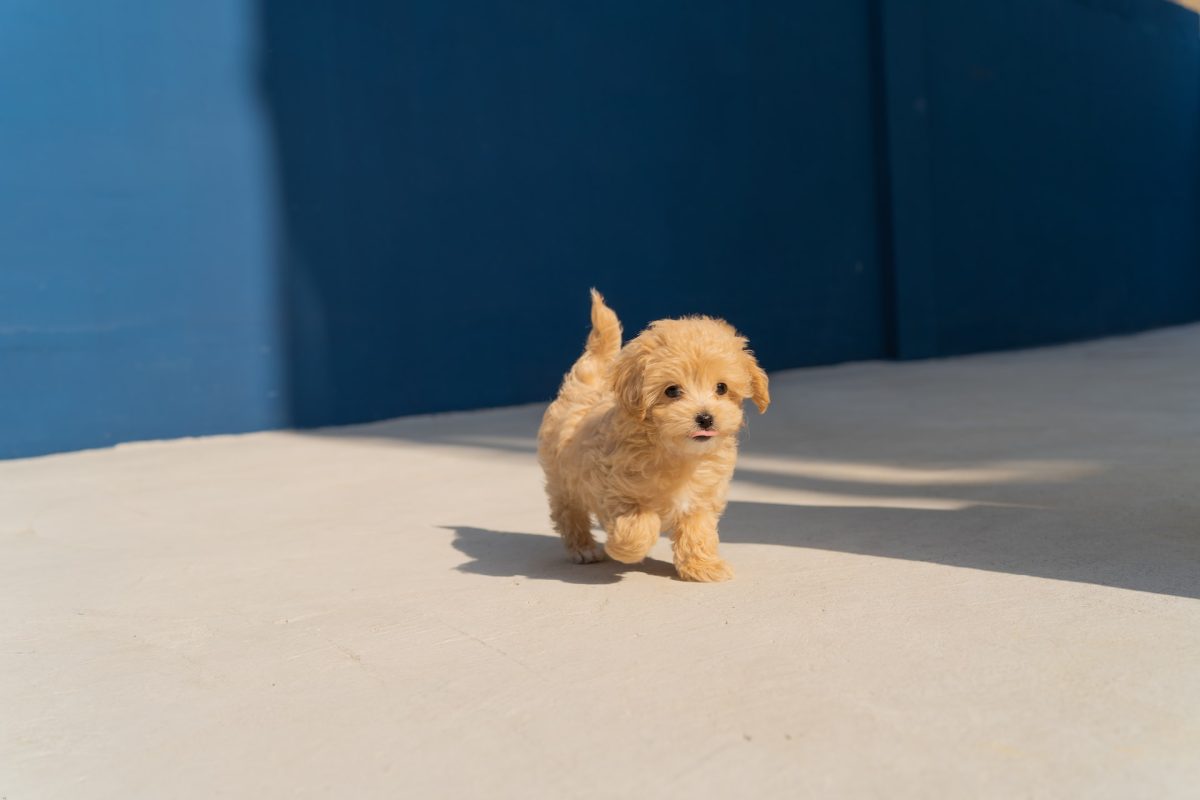No products in the cart.
Dog Behavior & Training
How to Start Training Your Puppy
Training your puppy can seem like an overwhelming process when you think about the variety of things you need to teach him.
However, it’s much simpler if you follow these five easy steps that will help get you and your puppy started on the right paw from day one. Continue reading to learn more about training your puppy in five easy steps.
The Right Time to Start
It’s always early enough to start training your puppy. At six weeks old, your pup’s brain is developing, and he can learn a lot of new behaviors. For example, you can teach him to come when called or stop barking by simply saying his name.
It would help if you also used these first few weeks to help him build a healthy relationship with other dogs and people by exposing him to them often. So, what are the best ways for you and your pup to get started?
1) Spend Time with Him regularly.
2) Play Tug-of-War with His Favorite Toy.
3) Introduce People and Other Dogs.
4) Teach Him How To Come When Called.
5) Stop Him from Barking
Choose the Right Training Method
The most important thing when training a puppy is finding the proper training method for your dog. Many techniques and methods exist, but only some will work for some dogs.
The best way to figure out what works for your pup is through trial and error. This means trying different techniques and approaches until you find one that fits your dog’s personality. If a few weeks go by and you’re still struggling with a technique, try another one! It may take time, but finding the perfect match is worth the effort.
Set Up a Safe and Comfortable Space
A safe and comfortable space is an integral part of training your puppy. The first step is finding a place your pup can call its own. A dog crate, a dog bed, and a few toys are great ways to give them something familiar.
Once you’ve found the perfect spot, it’s time to set up some rules and boundaries. Create a feeding schedule, walking, playing with toys, and sleeping so that they know what’s expected of them at any given moment throughout the day. Establishing rules will help create an environment where your pup feels safe and secure.
Reward Good Behavior
Praise good behavior and reward it with a favorite treat or toy. Remember, though, that not all behavior is appropriate for a puppy.
For example, jumping on people should not be rewarded because it’s dangerous, and they’ll do it more often. Also, remember that puppies can’t control their bladders all the time, and you’ll need to take them out of the room when they need to go potty.
Be Consistent
Being consistent is the most important thing you can do when training your pup. If you want them to come when called, call them every time they leave the room.
If you want them not to chew on furniture, don’t let them chew on furniture. The more consistent you are with your actions and expectations, the quicker and more efficiently your dog will understand what is expected of them.
#1: Call them back every time they leave the room and reward them for returning with a treat or praise.
#2: If they start chewing on furniture, tell them no firmly and give an alternate toy/item they can chew on instead while praising their behavior.

